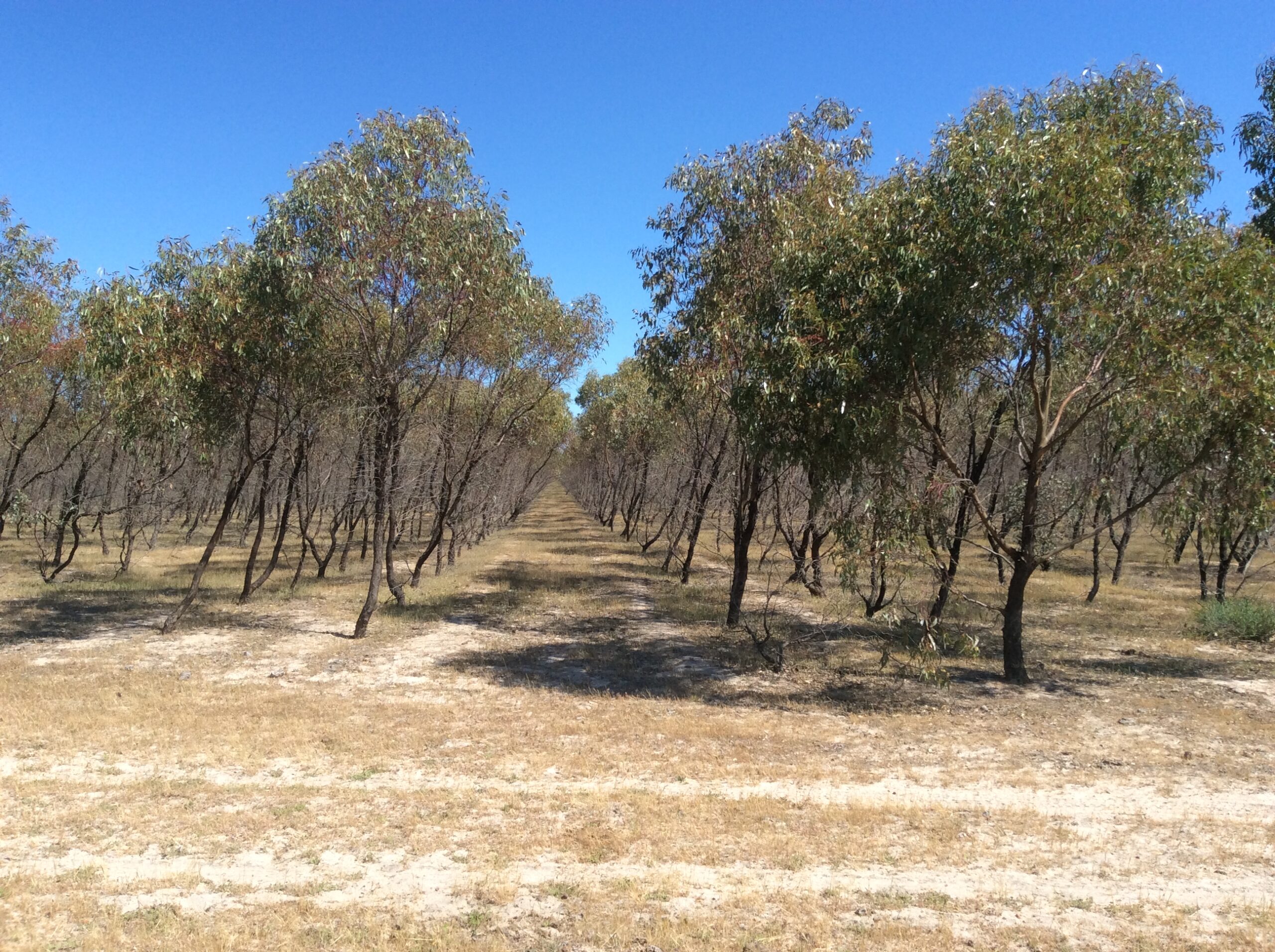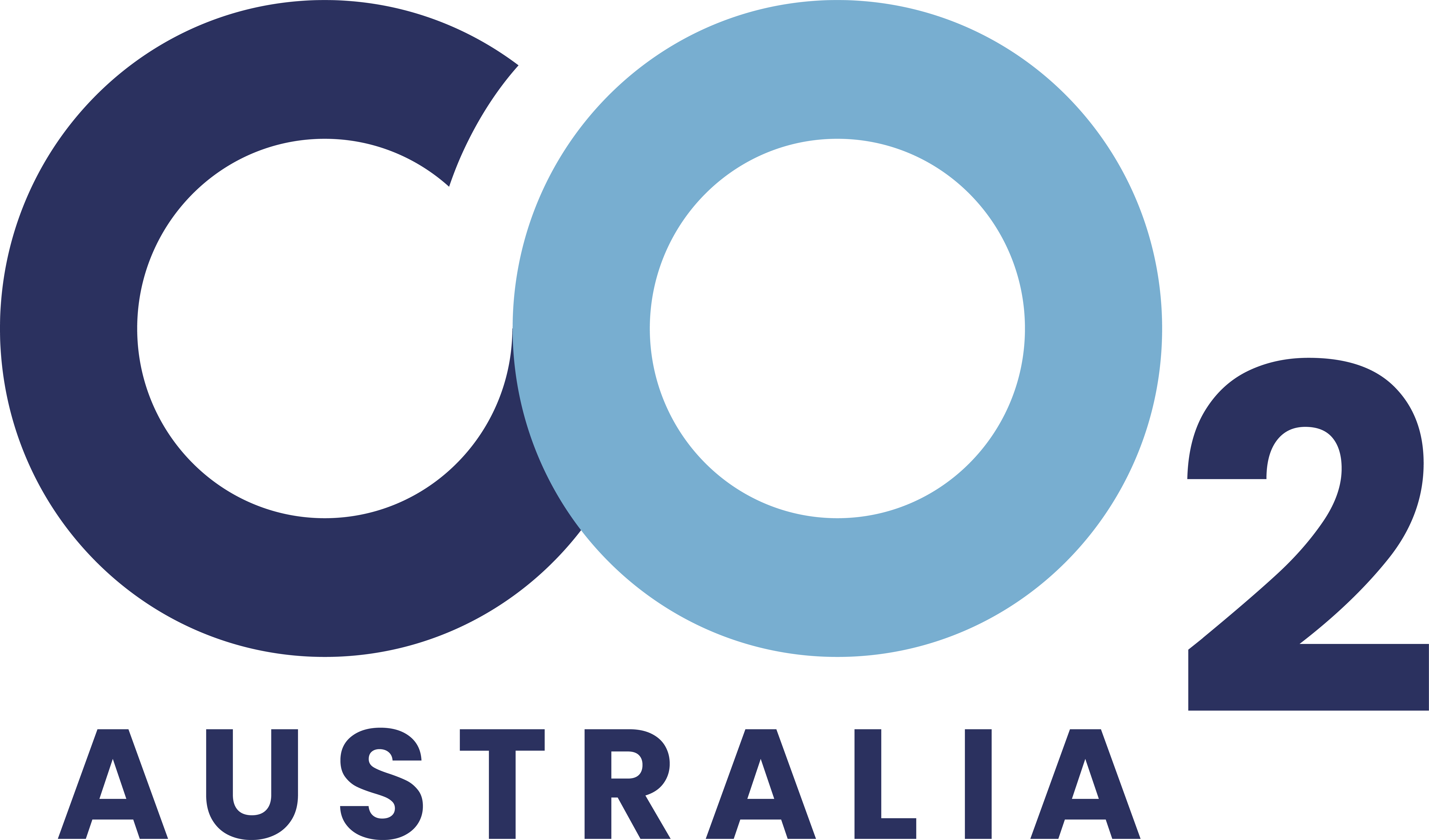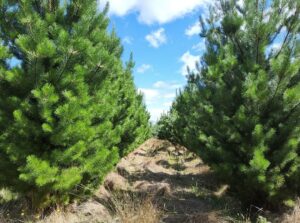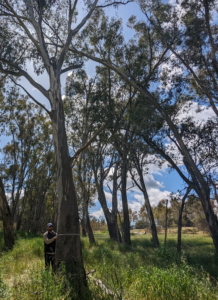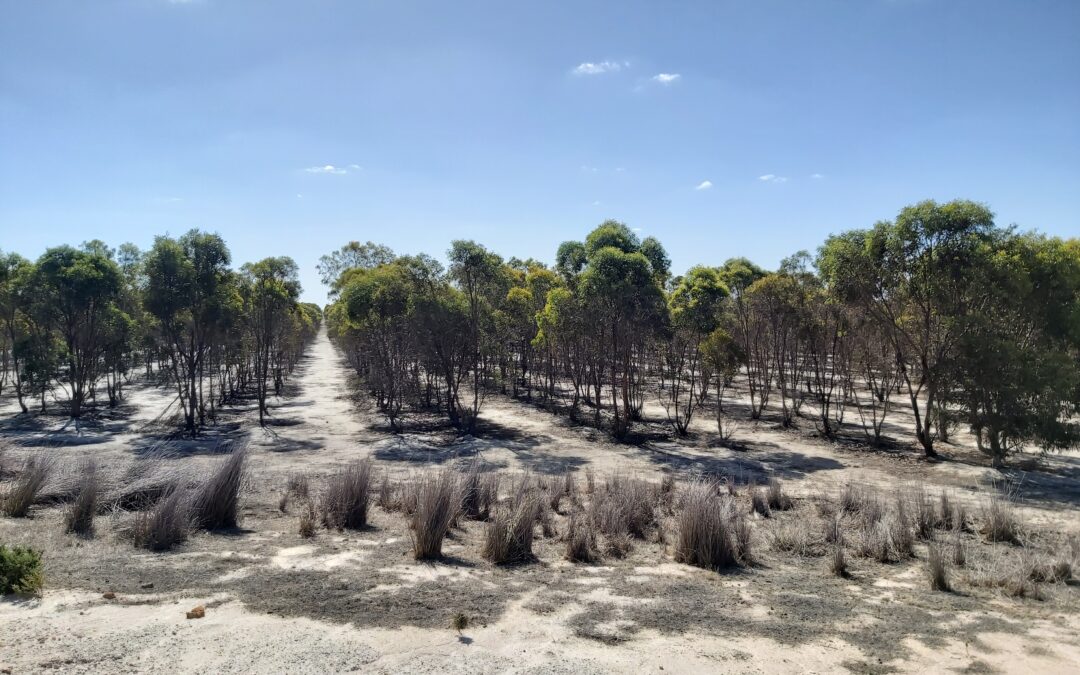
Australia’s Largest Carbon Estate – Woodside
Australia’s Largest Carbon Estate – Woodside
In 2008, Woodside Petroleum engaged CO2 Australia to deliver Australia’s biggest commercial emissions offset program based on dedicated carbon sink tree plantings.
This groundbreaking initiative pre-dated the Clean Energy Regulator and was the largest planting project of its kind ever undertaken within Australia. The project was a $100 million contract in which we delivered 20,000 hectares of tree plantings across Western Australia and New South Wales.
We act as the Australian Carbon Credit Unit (ACCU) Scheme agent to Woodside and have successfully registered four ACCU Scheme projects in relation to this program. As agent, we manage all aspects of ACCU production over the 30-year lifetime of these carbon assets, and provide a range of advisory services to Woodside, including around ACCU delivery scheduling and delivery risk mitigation. CO2 Australia is contracted to manage these plantings for 50 years and we continue to monitor and measure their performance. This collaboration includes Indigenous employment opportunities for the tree measurement program, land management and landholder relationship management at the location of the tree plantings.
Client
Woodside Petroleum
Location
Regional WA and NSW
Dates
2008 – 2058
Industry
Resources
Services
Land acquisition and management, planting, tree monitoring, ACCU Scheme agent, reporting
Key benefits
Over 20,000 ha of tree plantings across WA and NSW
Successful registration of four ACCU Scheme projects for this program
Indigenous stakeholder employment and benefits


